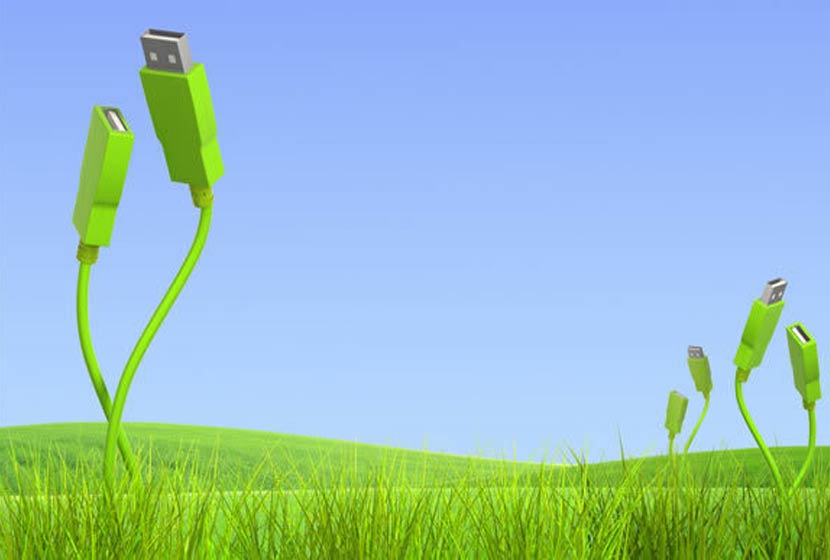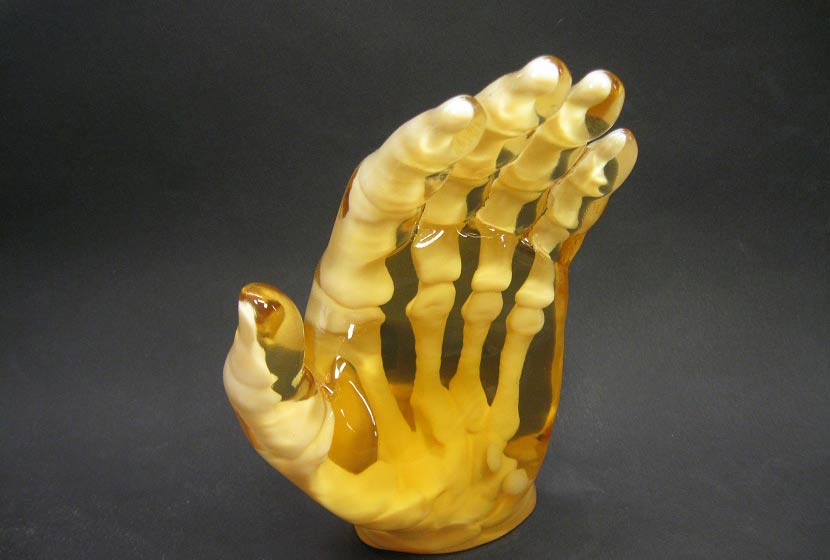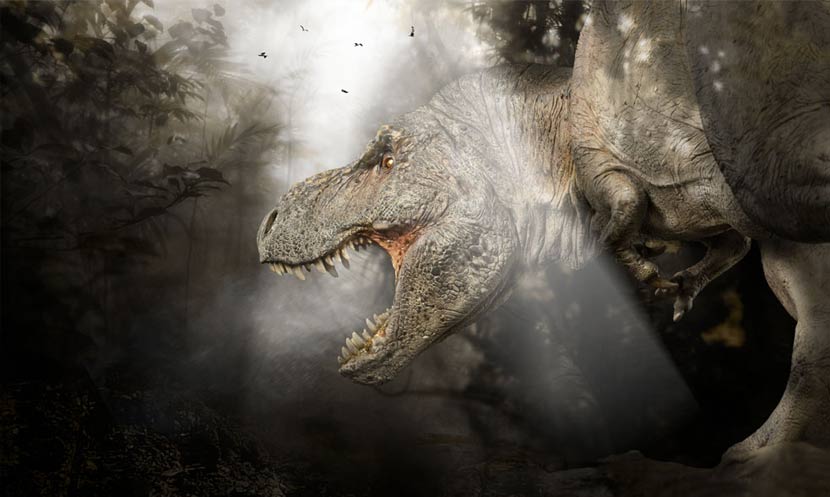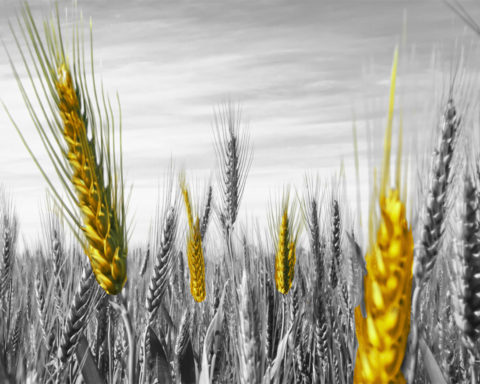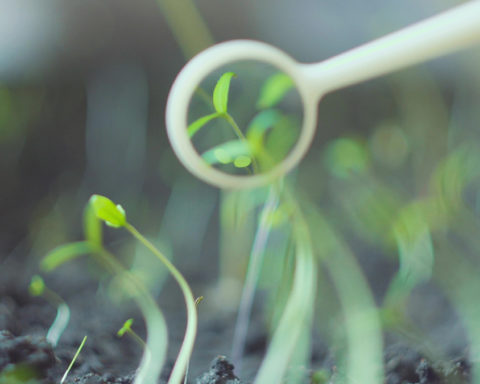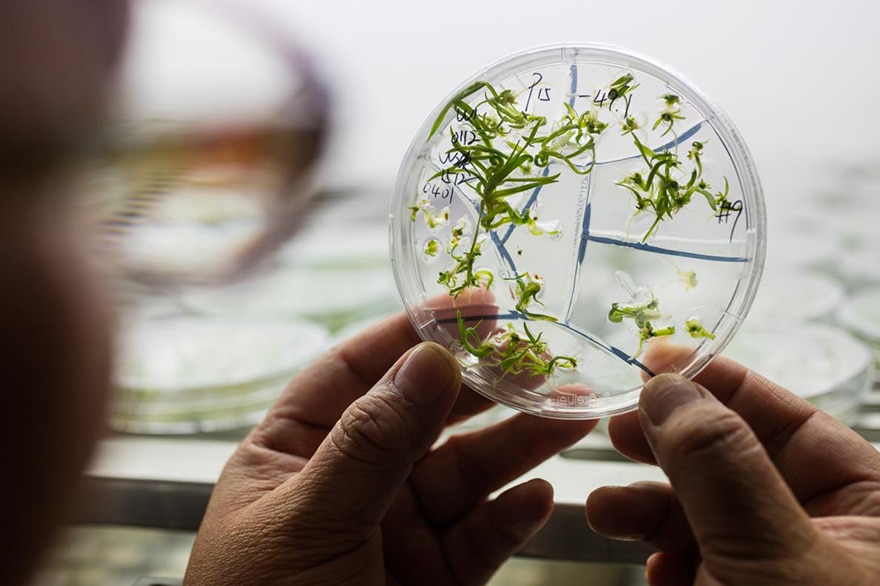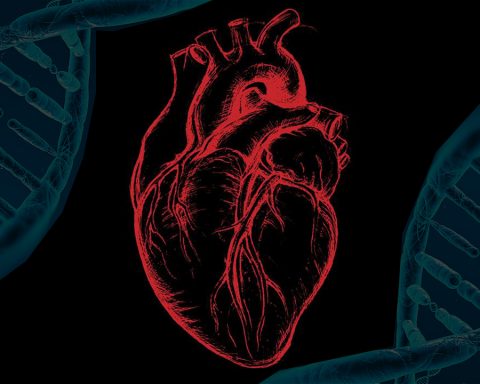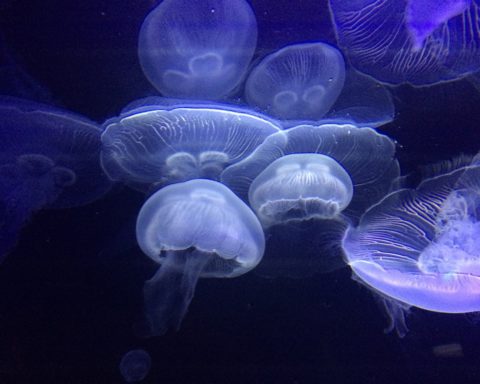This 3 June is held in Orsay on first UP'Dialog. We will talk about ingenuity, inventiveness for judicious and sustainable solutions, in short we will discover frugal innovation experiences. For this first edition, bioinspiration will focus the attention with pioneers of artificial photosynthesis, biomorphism-based 3D and vision. Panorama of the context.
 Ahe craze for nature's solutions is in full swing. Since the publication in 1997 of Janine Benyuls' book " Biomimicry: Innovation Inspired by Nature "The dynamics of innovation copying natural processes have become unavoidable.
Ahe craze for nature's solutions is in full swing. Since the publication in 1997 of Janine Benyuls' book " Biomimicry: Innovation Inspired by Nature "The dynamics of innovation copying natural processes have become unavoidable.
Visit Proto 204 (place of connection and interface of the plateau of Saclay) will come alive on this theme, this Wednesday, June 3 in Orsay. Thierry Ladreyt, founder of Z3DLab, which specializes in 3D printing, Guillaume Druart, a research engineer in optical instrumentation at ONERA, and Ally Aukauloo, from the Orsay Institute of Molecular Chemistry and Materials (ICMMO), will speak about imitating chrorophyll. Each will present the forms, interactions, calculations, strategies and organization of the plants, animals or microorganisms from which they draw inspiration.
And it will be a question of discussing whether these approaches of biodesign, biomorphism, bio-organization, can really contribute to economies of scale, of matter, of energy? Facing them, biologist Monique Bolotin-Fukuhara, former director of the IGMORS Laboratory in Paris Saclay, will question the scope of these projects which concern the manufacture of surgical instruments at Z3DLab, the vision of drones for ONERA or artificial photosynthesis for the ICMMO Laboratory in Paris Saclay.
Effervescence
There are about a hundred research projects in France related to biomimicry. About fifty companies claim to be inspired by living organisms. Chemistry, materials engineering, agronomy, mechanics and energy are involved. Major groups such as Renault, Suez Environnement, Total and even EDF with its wind trees are riding this wave of inspiration. Among the SMEs, we can mention Indiggo, EEL Energy, AIM or Polypop industries which depollutes the soil and recycles organic waste with the help of fungi. "Our projects are guided by a strong desire to accompany our human society towards a more frugal and ingenious functioning compatible with the rest of the living world, insists Gil Burban its founderand winner of the 2014 ecoinnovation award. We do not patent the living, but work with it. We support approaches that are part of this resilience perspective". For its part, the start-up NewWind R&D has invented an innovative wind energy system inspired by a biomimetic approach (in the shape of a tree).

In 2007, the Parliamentary Office for the Evaluation of Scientific and Technological Choices (OPECST) made the following observation: "... the government has not yet taken the necessary steps to ensure that the new technologies are used in the most effective way possible. Industrial processes are expensive in energy and raw materials and not very selective. Evolution has produced much more sophisticated natural solutions. ". At the instigation of the General Commission for Sustainable Development and the National Museum of Natural History, a founding symposium was held in December 2012". bio-inspired research: an opportunity for ecological transition? ». " Biodiversity is an extraordinary toolbox that we haven't even finished inventoried yet "concluded Professor Gilles Boeuf, initiator of the event. In March 2014, Ségolène Royal referred to biomimicry in her presentation of the bill on biodiversity. She presented this potential as a lever for the renewal of industrial and agricultural policies that are more resource-efficient. Since then, the environment section of the Economic and Environmental Council (CESE) has promoted a seisin to identify stakeholders, assess the state of scientific and industrial research, and consider cross-cutting approaches.
European dynamics
If France participates in the EU KARIM programme which explores bio-inspired solutions for responsible innovation, it has not yet really embarked on a structured policy in this area. Under the impetus of proactive and committed players, notably from the European network Biomimicry Europa and the Inspire Instituteis developing in Senlis, the CEEBIOSEuropean Centre of Excellence in Biomimicry. Its vocation: to bring together national and international players in the field, support and train them and thus catalyse the biomimetic approach to meet the major societal challenges: energy, water, eco-materials, green chemistry, circular economy and agriculture.

At the international level Biokon networkThe German Ministry of Education and Research (BMBF), which was founded in Berlin in 2001, brings together some 30 laboratories, institutes, research centres and universities. The objective was to prove the relevance of bio-inspiration to the industrial world. The German Federal Environment Foundation and the state of Baden-Württemberg (which is committed to "intelligent materials") support Biokon. The BMBF, which had endowed Biokon with €2.4 million, allocated €6 million in 2004. The aim is for the network to be self-financing. Biomimicry needs bridges between the worlds of researchers and engineers so that real collaborative spaces can generate breakthrough innovations.
To support this development, an ISO standard defining precisely the bioinspired approaches is under way. Similarly, a working group, "Nature-Based-solutions", has been set up within the Horizon 2020 dynamic. These approaches lead to a review of the modes of innovation at the base, simply because the strategies of the living are sustainable: they optimize without maximizing, they feed on information, they are based on interdependence and resilience.
The genius of life
"Nature knows how to do things that we don't know how to do, or at least makes them more sustainable, i.e. without waste, without toxic products, and using as little energy as possible, the processes having been optimized over the course of evolution". describes Thierry Coradin, research director at the "chemistry of condensed matter" laboratory in Paris.
Examples of molecules extracted from living organisms and used as anti-cancer drugs, antibiotics, antivirals, anti-fungus... For the marine environment, sponges alone produce more than 30% of these products. It is estimated that some 22,000 of products of pharmacological or cosmetic interest already extracted from the ocean. No less than thirteen Nobel Prize winners in medicine have been obtained from aquatic models. Metchnikoff discovered phagocytosis thanks to the starfish; Charles Richet discovered anaphylaxis thanks to the starfish. thanks to the jellyfish; Andrew Huxley and Alan Hodgkin, the transmission of nerve impulses thanks to the squid axon... Otto von Warburg works on the sea urchin; Eric Kandel discovers the molecular basis of memory thanks to the sea slug; O. Shimomura, the green fluorescent protein of jellyfish; finally in 2009, Szostak, Blackburn and Greider were awarded the Nobel Prize in Medicine for their work on ageing and telomerase enzymes.

For Gilles Bœuf, it's a question of "to reappropriate the living world for ourselves.". We are inspired by the forms, relationships and mechanisms offered by his "genius". It is a process that involves humility, maintaining harmony, sharing and respect.
The UP' Dialog concept
 How to innovate by designing better with less? Some studies today prove that the amounts invested in R&D are not necessarily correlated with the capacity to create value. Companies often remain on an innovation model characterized by several flaws, such as the search for costly developments, lack of agility and flexibility and the absence of participative openness.
How to innovate by designing better with less? Some studies today prove that the amounts invested in R&D are not necessarily correlated with the capacity to create value. Companies often remain on an innovation model characterized by several flaws, such as the search for costly developments, lack of agility and flexibility and the absence of participative openness.
Finding an alternative model, less expensive, more flexible, more open and collaborative, less elitist, has therefore become a necessity.
Frugal innovation, which consists of innovating and creating more value with less, is at the heart of UP' Magazine's major themes. This is why UP' has decided to launch "UP' Dialog", Conferences allowing exchanges and dialogue: our media does not claim to give lectures and knowledge already disseminated in high doses by multiple vectors and theorized in numerous works. But to propose changes of posture through analysis and reflection, in order to have its role as an informer as a vitalizer of actions and to offer a new vision for the 21st century.
Rarity is the mother of creation and adversity is the father of invention. Nothing is lost and everything is transformed.
What else do these conferences have to offer?
Jugaad" Innovation in Hindi or frugal innovation is a concept that advocates the optimization of products for the benefit of users while using as little as possible resources considered scarce, wasted or harmful to the environment. This is exactly what UP' proposes to do: use the grey matter of renowned speakers (rare!) and disseminate it during these conferences to optimise their judgements, their decision-making, their projects,... Students, researchers, professors, company managers,... you are welcome to recreate ingenuity! To make ideas bear fruit with brainstormings that do not leave time to return to classic solutions! And getting back to the basics without taking a step backwards in terms of progress, that's what is called responsible innovation.
And to reduce the carbon footprint and production costs, UP' is coming to you, (or to your home depending on the different conference themes): the first one is being held on the Saclay plateau, in Orsay, on June 3, 2015, to be close to the innovations that the labs are concocting for tomorrow.
UP' Dialog will be a monthly meeting starting in September 2015, on a fixed date, where two renowned speakers will come to present and debate. Programme to come.


